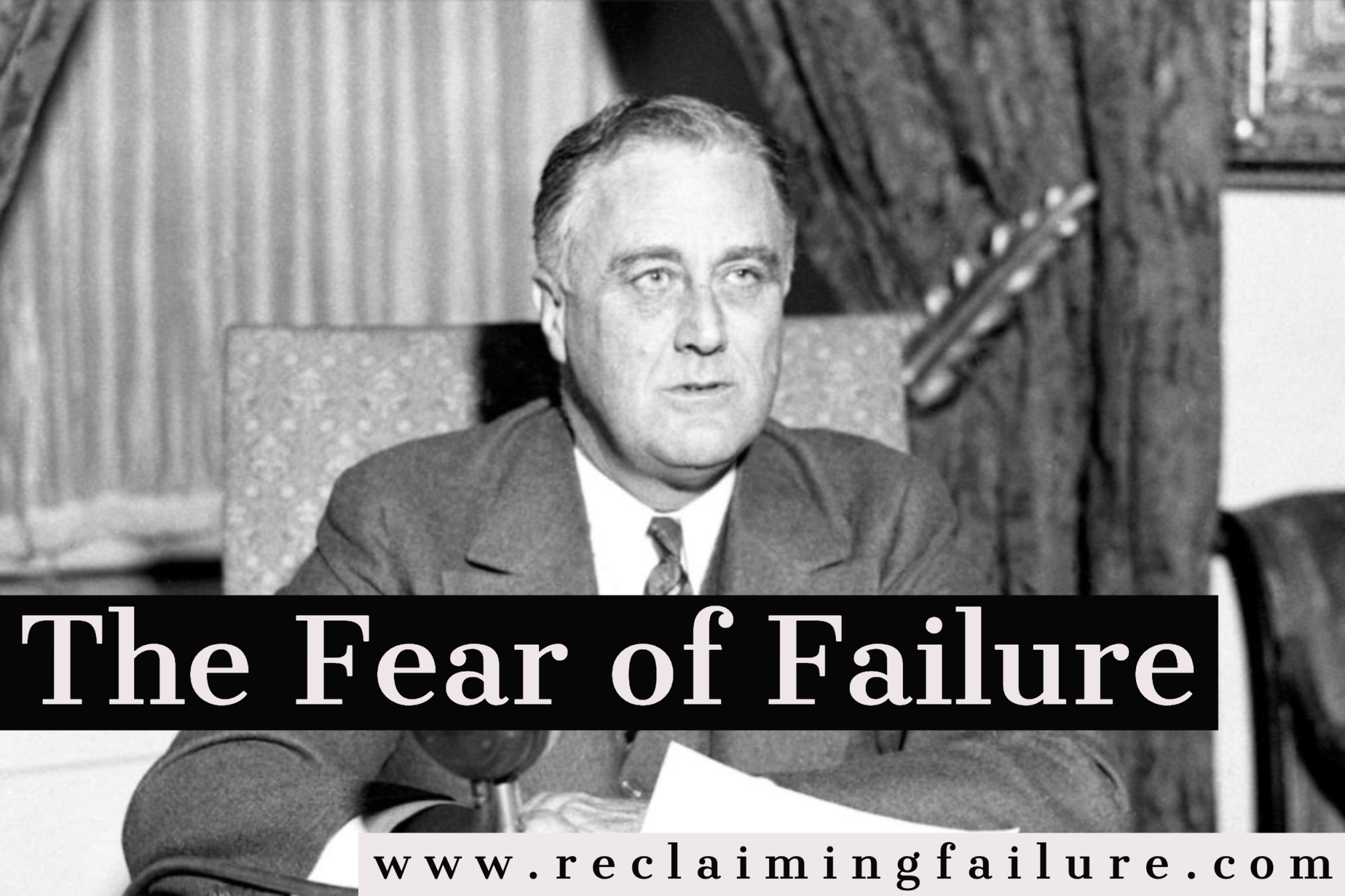
Contact Me
Most Recent Blog Posts
05/16/2024
ChatGPT and the Educational Pump Fake
05/25/2023
On Failure...
05/16/2023
An Ode to the GOAT (of Failure)
02/12/2021
Failure Judo: Take Time to Recover
07/31/2020
Failure Judo: Build Community
07/30/2020
Failure Judo: Discuss
07/29/2020
Failure Judo: Be Meta
07/28/2020
Failure Judo: Tinker
07/27/2020
Failure Judo: Practice
07/26/2020
Failure Judo: Reframe the Experience
07/25/2020
Failure Judo: Manage Loss
07/24/2020
Failure Judo: Take Incremental Steps
07/23/2020
Failure Judo: Fail on Furpose
07/22/2020
Failure Judo: Visualize Failure
07/21/2020
Failure Judo: 11 Tools to Make Failure Work for You.
07/20/2020
Perseverance Isn’t Enough.
02/05/2020
Why You Should Try New Things
01/09/2020
Piaget and Failure…
01/04/2020
The Value of Struggle
01/02/2020
The Fear of Failure
11/16/2019
Why Failure Beats Practice Alone
11/14/2019
Reclaiming Failure Tactic: Visualization
11/05/2019
Legos, the Process, and Failure
10/30/2019
Fail First, Succeed Later
10/25/2019
Failure... Like Riding a Bike
10/24/2019
Michael Jordan: Faiure
10/23/2019
Pole Vaulting - A Journey of Failure
10/18/2019
The Fear of Failure
11/16/2019
“… the only thing we have to fear is… fear itself.”
These famous words came near the beginning of Franklin D. Roosevelt’s inaugural address, on March 4, 1933. The United States was suffering the effects of the Great Depression, and it seemed that there was much to be afraid of. These famous words have been repeated by many, and most often without the context of the surrounding words in FDR’s speech. Here’s the full section, for reference:
“So, first of all, let me assert my firm belief that the only thing we have to fear is…fear itself — nameless, unreasoning, unjustified terror which paralyzes needed efforts to convert retreat into advance.”
The “nameless, unreasoning, unjustified terror”… I love that FDR characterized the fear our country felt in that time period using those words. There was some really serious stuff going on, not the least of which was the fact that prohibition had been going on for 13 years at this point, so our country couldn’t even have a drink to soften the blow of the economic disaster everyone was living through. According to FDR, the fear was nameless – people didn’t even really know what their fear was about. It was, unreasoning, and not based in logic or real facts. Finally, according to FDR, it was unjustified. I believe that his point can be best understood within the next few words: “which paralyzes needed efforts to convert retreat into advance.” This speech was FDR’s rallying cry to a country that was scared to move forward. Why was there no substance to their fear? Because action is the very thing that helps us defeat fear. Our fear of moving forward is best conquered by… moving forward. I think that it’s no coincidence that just 18 days later, FDR signed the Cullen-Harrison Act, which was a partial repeal of Prohibition in the Unites States. This act allowed the legal sale (and taxation) of beer and light wines. His words upon signing the bill should be equally famous: “I think this would be a good time for a beer.” By the end of the year, the Eighteenth Amendment had been fully repealed. America, fueled by Roosevelt’s words and some liquid courage, still had plenty of work to do, but they began to advance.
Failure is emotionally loaded for many of us. Fear is one of the driving forces making us avoid failure and the embrace of the things that failure brings us. When we are very young, we don’t worry so much about failure, because that fear doesn’t exist for us. We see a button, and we push it without any concern for what might happen. We could be turning on a light, or launching a missile, but we aren’t worried about it. There’s a button, and it needs pushing. We see something that looks neat on the ground? Let’s put it in our mouth! This action-based, fear-free exploration of the world is how kids learn in the earliest years. It’s immediate, powerful, and intrinsically-motivated. The adults in our life, in an attempt to keep us alive, and to keep us from launching missiles (or just changing the channel during their favorite show), intervene in our explorations. This well-intentioned intervention is our first experience with the repercussions of failure. We begin to understand that certain things aren’t cool with our more mature overlords.

As we mature and grow into life, these “corrections” and “consequences” grow from simple and tactical, to complex and social. Our very busy brains take situations we have experienced, and project imagined consequences onto situations that we haven’t, until our fear of embarrassment and shame, disappointing others, or loss of social capital and reputation prevents us from taking too many risks in our life. This is normal, and yet it cripples us – much like the fears that FDR mentions in his speech to the American people.
The reality of this situation is that many times, the actual consequences of failure are less catastrophic than we fear. This is especially true when we take action with an awareness of what failure looks like and how it could happen, and we have a plan for moving forward post-failure. Whatever fear does to us is use our own bodies against us. Fear pushes us into a heightened state where we become ready to act in a reflexive way, to fight for our life or to run away. In the face of fear – especially when it is fear of failure – what we need is to act deliberately and thoughtfully. This sort of action is what allows us to make the most of failure in the short term, and improves our successes in the long term. There are several ways to think through our fears, to process them and step into them in meaningful ways. One of my favorite tactics is visualization – see this article for more on this.